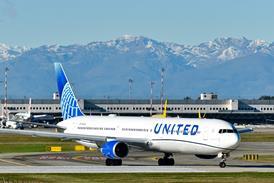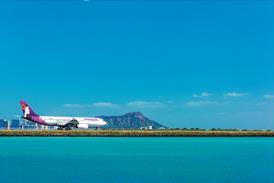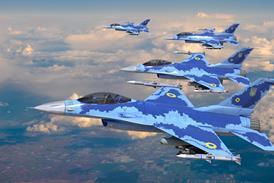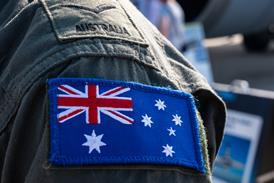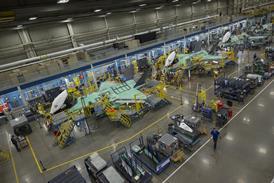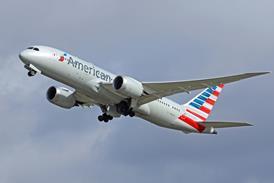Paul Lewis/SEOUL
LOCKHEED MARTIN has signed a teaming agreement with Samsung Aerospace to develop the new KTX-II advanced trainer/light combat aircraft for the South Korean air force.
The industrial collaboration deal is still subject to refinement and a final go-ahead from the US and South Korean Governments. The US Administration is now preparing a memorandum of understanding to be signed by the two Governments.
Samsung and the air force are pressing for funding in the next defence budget to begin full-scale development of KTX-II in 1997.
The defence ministry, however, has still to convince South Korea's Economic Planning Board that the $1.5 billion programme is a national priority and a sound investment.
Outstanding issues need to be resolved and "-it's not yet a done deal", cautions a US source. South Korea is pressing for US guarantees on the transfer of technology and access to export markets.
Lockheed Martin has voiced concern, in the past that the programme would not be financially feasible, unless a minimum of 300-400 aircraft were built (Flight International, 31 January-6 February, P16).
The air force needs 100 tandem-seat KTX-IIs. Provided that funds are made available to begin work in 1997, the first prototype is tentatively scheduled to be flown in 2000, with delivery of the first production aircraft following in 2003.
According to local defence sources, the size of Lockheed Martin's overall stake in the proposed programme will be "in the range of 30%". This will take the form of a cash investment and key technology and engineering personnel for which South Korea will make an up-front payment.
Lockheed Martin's workshare will focus on the wing and selected sub-systems. Samsung, as prime contractor, will have responsibility for the centre fuselage, overall integration and final assembly. The aircraft will be produced at Samsung's Sachon F-16 plant.
Daewoo Heavy Industries had hoped to use the KTX-II as a platform for its new composite wing, developed in co-operation with Russia's Mikoyan. It will instead share responsibility for the aircraft's forward and rear fuselage sections with Korean Air's Aerospace division.
Lockheed Martin has been privately assisting Samsung with the preliminary design of the KTX-II since 1992, as an offset to the South Korean Fighter Programme, based on the F-16, with which it shares a high degree of commonality. No engine has yet been selected, but the General Electric F404 is a prime candidate.
South Korea has also been pursuing discussions with other potential partners, including a con- sortium led by Daimler-Benz, but senior industry officials argue that forming a new collaborative venture would delay the programme.
Meanwhile, the air force has signed an agreement with the USAF for a five-year lease on 30 surplus Northrop Grumman T-38 advanced trainers.
Source: Flight International

